Prepping Your Texas Ranch Fence for Summer 2024
Read The Post
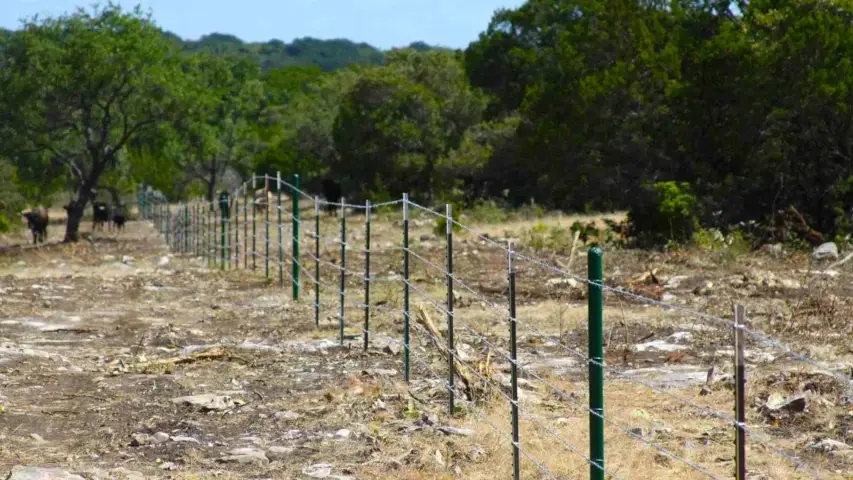
Fred Nuncio fences use high-quality barbed wire. Cheap barbed wire is more likely to break or rust, which can create safety hazards for cattle and people.
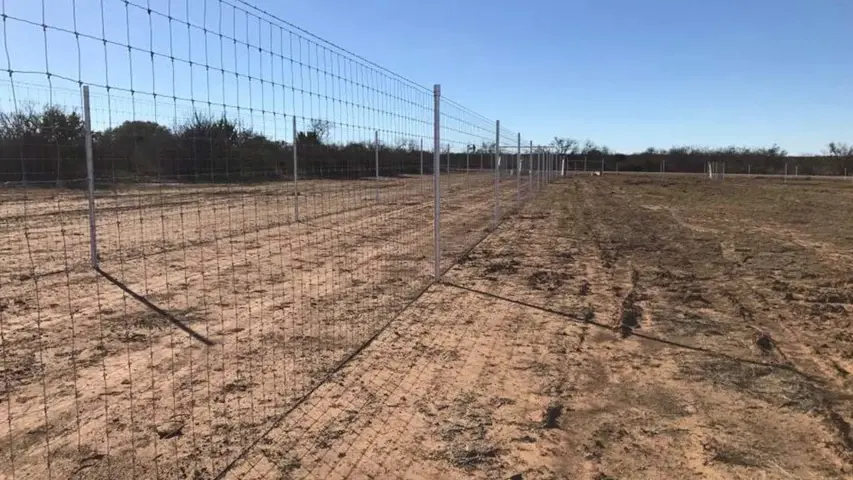
Fred Nuncio fences use high-quality woven wire. Cheap woven wire is more likely to break or rust, which can create safety hazards for cattle and people.
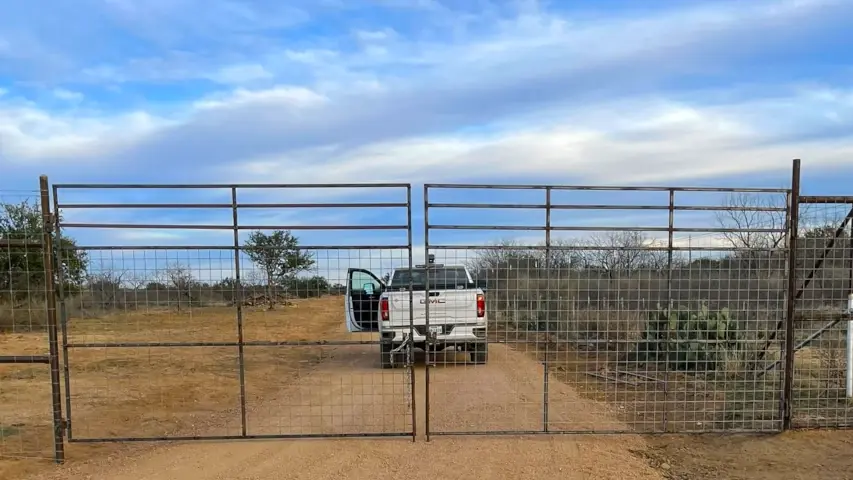
Fred Nuncio fences use high-quality high-tensile steel mesh. Cheap high-tensile steel mesh is more likely to break or rust, which can create safety hazards for cattle and people.
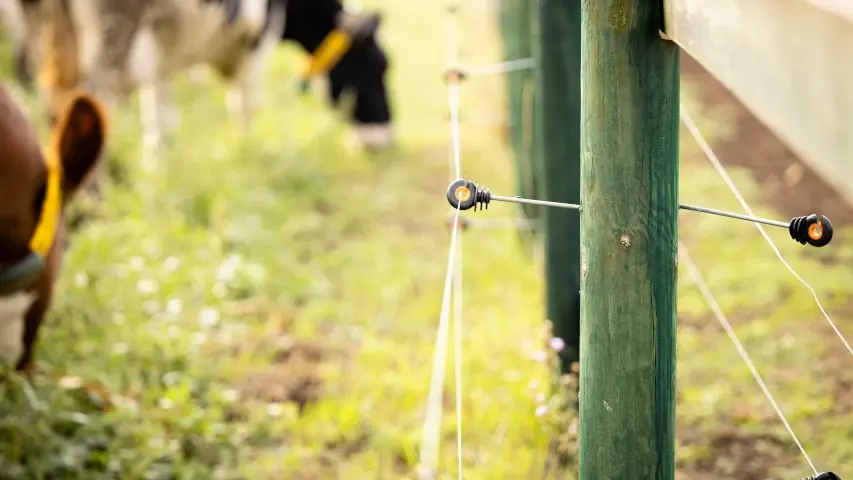
Fred Nuncio fences use high-quality electric fencing materials. Cheap electric fencing materials are more likely to break or malfunction, which can create safety hazards for cattle and people.
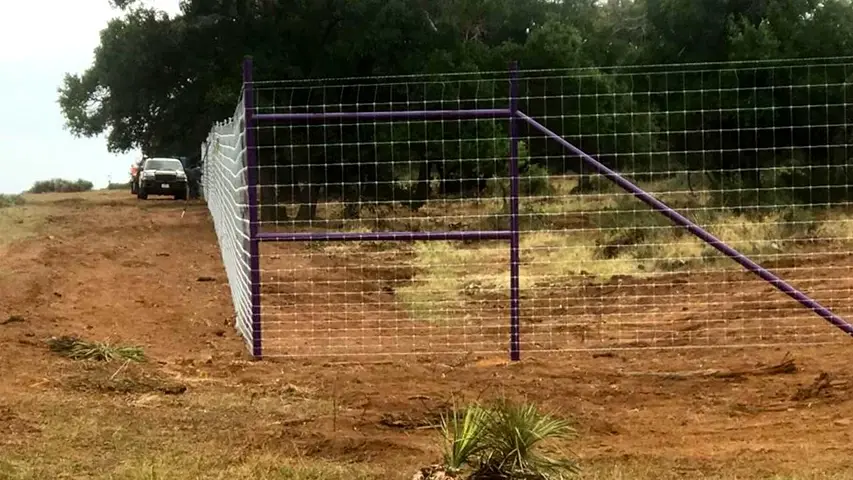
Fred Nuncio fences use high-quality fencing materials: When using combination fencing, it is important to use high-quality fencing materials for all of the materials used. This will help to ensure that the fence is durable and effective.
When choosing fencing for your Texas cattle, it is important to consider the type of terrain you have, the climate you live in, the predators you have in your area, and your budget.
We can help you decide which type of cattle fencing is right for you.
These are just some of the cattle fencing projects Fred Nuncio Fencing and Construction, LLC has done.
Get inspired with ideas and advice in the fencing, construction and land clearing industry.
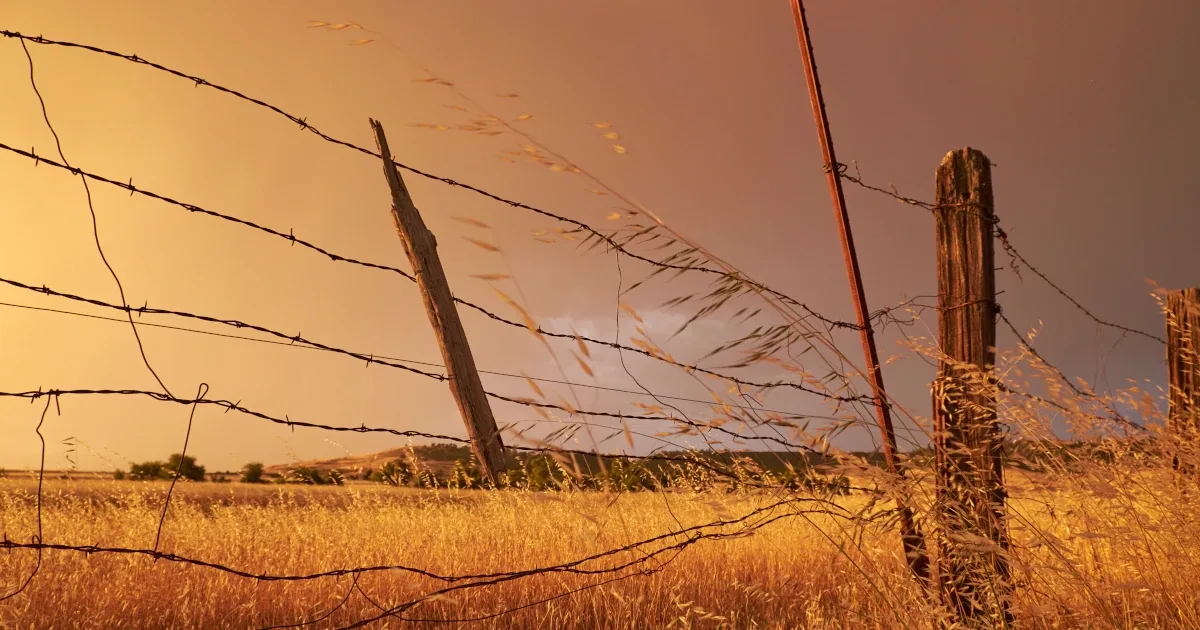 March 26, 2024
March 26, 2024
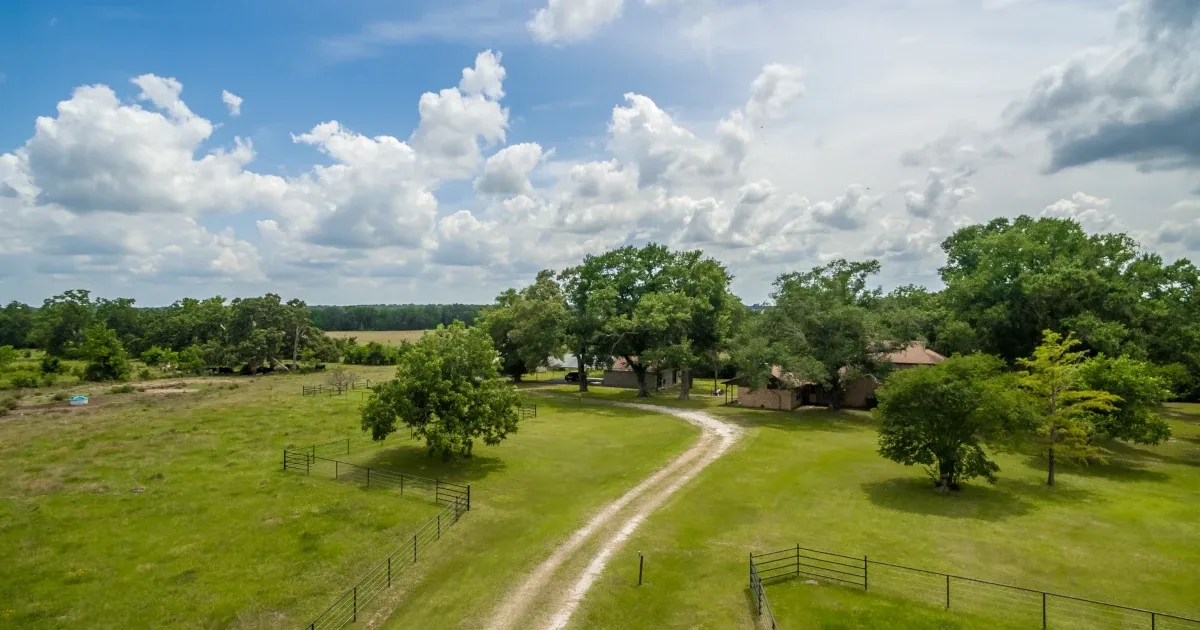 January 9, 2024
January 9, 2024
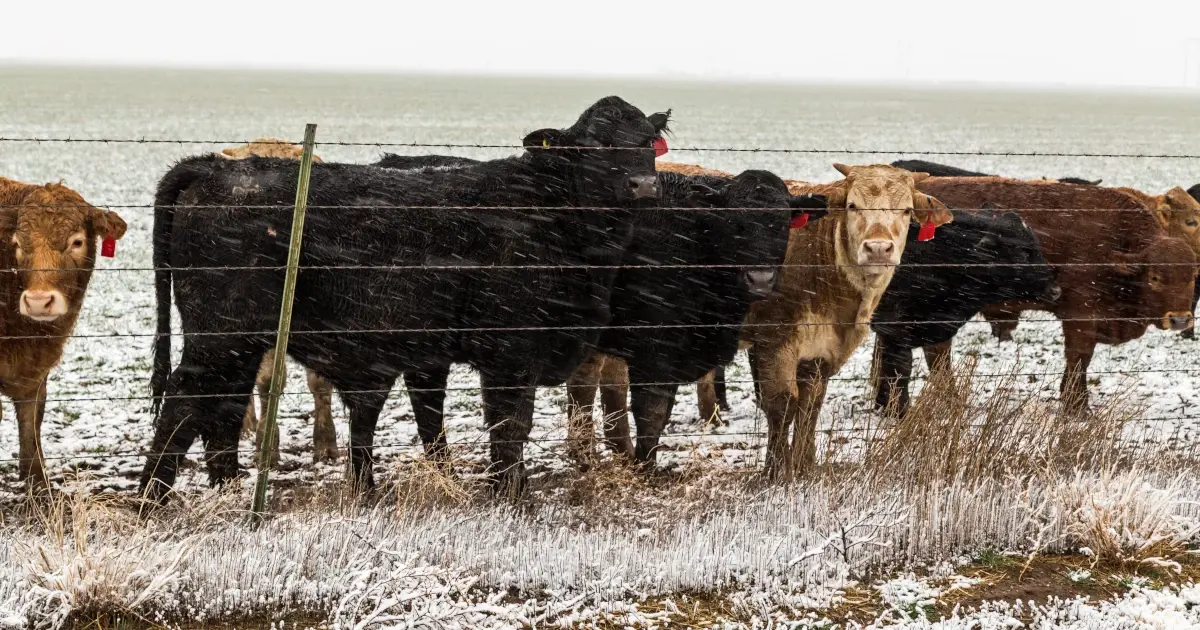 November 9, 2023
November 9, 2023
Is you county not listed? We can still take care of you!